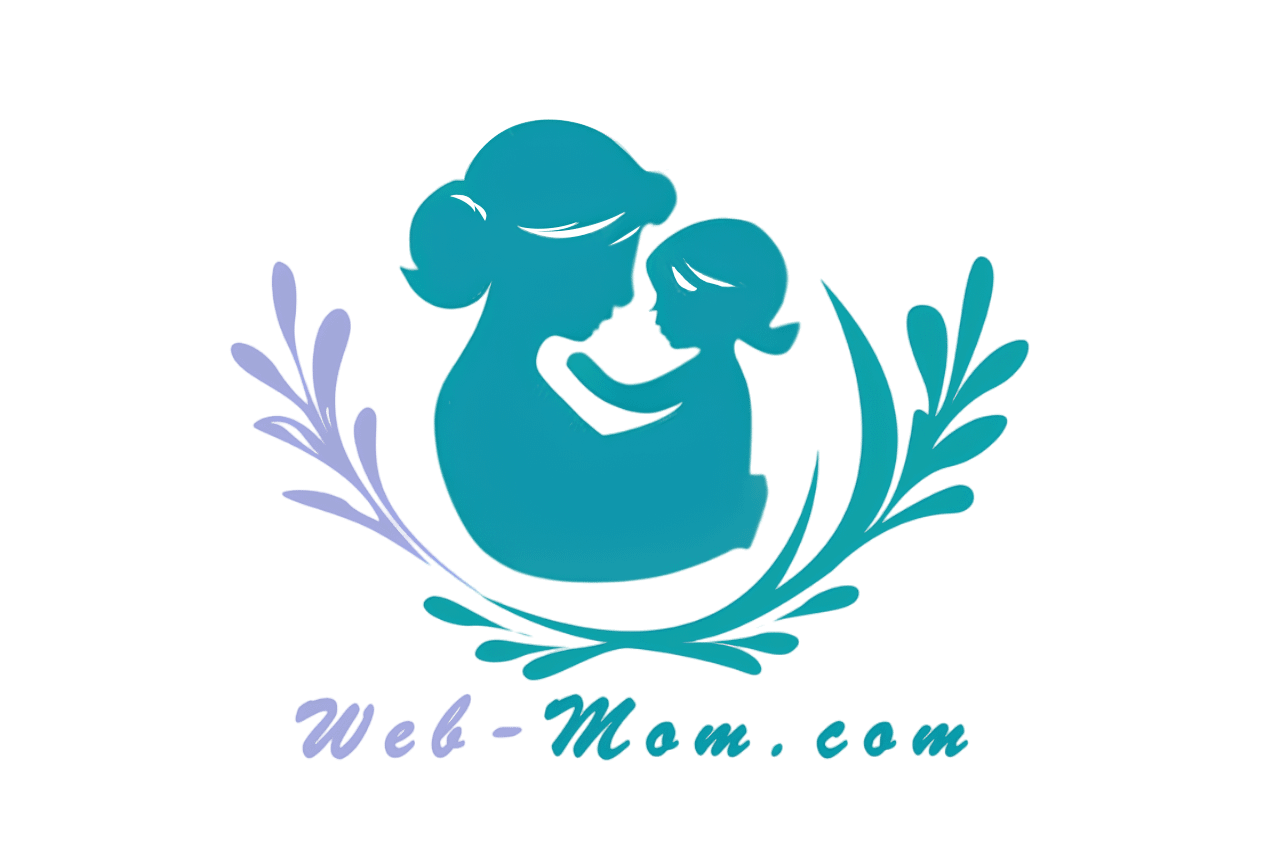Tips for Bathing Your Newborn Safely
BabyTips & Tricks 33 webmom June 28

WEB-MOM – Bathing your newborn can be a wonderful bonding experience, but it can also be a source of anxiety for new parents. Ensuring your baby’s safety during bath time is paramount. At Web-Mom.com, we understand the importance of making this routine both enjoyable and safe. This comprehensive guide provides practical tips and strategies to help you confidently bathe your newborn.
“Discover essential tips for bathing your newborn safely on Web-Mom.com. Learn how to prepare, bathe, and care for your baby with confidence and ease.”
In this article, we will cover the basics of newborn bathing, preparation tips, step-by-step bathing instructions, safety considerations, and common challenges with solutions.
Basics of Newborn Bathing
Frequency of Baths
Newborns do not need daily baths. Here’s what to consider:
- Sponge Baths: For the first few weeks, until the umbilical cord stump falls off and heals, sponge baths are recommended.
- Regular Baths: After the umbilical cord has healed, 2-3 baths per week are sufficient to keep your baby clean.
- Diaper Area: Clean the diaper area thoroughly during each diaper change to maintain hygiene.
Choosing the Right Time
Choose a time when your baby is calm and not hungry or too full. Here’s why timing matters:
- Relaxation: Bathing can be a relaxing experience, so choose a time when your baby is content and not sleepy or fussy.
- Routine: Incorporate bath time into your daily routine, such as before bedtime, to help your baby relax and settle for the night.
Preparing for the Bath
Gathering Supplies
Having all necessary supplies within reach before starting the bath ensures a smooth process. Here’s what you’ll need:
- Mild Baby Soap: Choose a gentle, fragrance-free baby soap to avoid skin irritation.
- Soft Washcloths: Use soft, clean washcloths for washing your baby.
- Baby Bathtub: A small, infant bathtub or a basin with a non-slip surface.
- Warm Water: Ensure the water temperature is warm but not hot, around 100°F (37.8°C).
- Towels: Soft, hooded towels to dry your baby.
- Clean Clothes and Diaper: Have a clean diaper and clothes ready for after the bath.
- Cotton Balls: For gently cleaning your baby’s eyes and face.
Setting Up the Bath Area
Prepare a safe and comfortable bath area. Here’s how:
- Flat Surface: Set up the bath on a flat, stable surface, such as a bathroom counter or kitchen sink.
- Non-Slip Mat: Place a non-slip mat under the baby bathtub to prevent slipping.
- Comfortable Temperature: Ensure the room is warm to prevent your baby from getting cold.
Step-by-Step Bathing Instructions
Sponge Bath
- Undress Your Baby: Remove your baby’s clothes and diaper, wrapping them in a towel to keep them warm.
- Clean the Face: Use a damp, clean washcloth or cotton balls to gently clean your baby’s face, avoiding the eyes and mouth.
- Wash the Body: Using a warm, damp washcloth with a small amount of mild baby soap, gently wash your baby’s neck, arms, torso, legs, and diaper area.
- Dry the Baby: Pat your baby dry with a soft towel, paying special attention to the skin folds.
Regular Bath
- Fill the Tub: Fill the baby bathtub with about 2-3 inches of warm water (100°F/37.8°C).
- Undress Your Baby: Remove your baby’s clothes and diaper.
- Gently Lower Your Baby: Support your baby’s head and neck with one hand and gently lower them into the bathtub.
- Wash the Baby: Use a washcloth and a small amount of mild baby soap to wash your baby’s body, starting from the head and moving down to the toes.
- Rinse Thoroughly: Rinse off all soap with clean, warm water to prevent skin irritation.
- Wash Hair Last: If your baby has hair, use a damp washcloth to gently wash their scalp with a small amount of baby shampoo, then rinse.
- Lift Carefully: Carefully lift your baby out of the bathtub, supporting their head and neck.
- Dry and Dress: Wrap your baby in a hooded towel and pat them dry, then dress them in clean clothes and a diaper.
Safety Considerations
Supervision
Never leave your baby unattended during bath time. Here’s why:
- Drowning Risk: Even a small amount of water poses a drowning risk for infants.
- Quick Assistance: Being present ensures you can quickly assist if your baby slips or has any issues.
Water Temperature
Ensure the water temperature is safe and comfortable. Here’s how:
- Check with Elbow: Test the water temperature with your elbow or wrist to ensure it’s warm but not hot.
- Use a Thermometer: Use a bath thermometer to check that the water is around 100°F (37.8°C).
Safe Handling
Handling your baby safely during bath time is crucial. Here’s what to remember:
- Support the Head and Neck: Always support your baby’s head and neck with one hand while washing with the other.
- Non-Slip Surface: Ensure the baby bathtub has a non-slip surface to prevent slipping.
- Dry Hands: Keep your hands dry to maintain a good grip on your baby.
Common Challenges and Solutions
Fear of Water
Some babies may be afraid of water. Here’s how to ease their fear:
- Gradual Introduction: Start with sponge baths to gradually introduce your baby to water.
- Comfort Items: Bring a favorite toy or comfort item into the bath to make it more enjoyable.
- Calm Reassurance: Speak softly and reassure your baby throughout the bath.
Dry Skin
Bathing can sometimes lead to dry skin. Here’s how to prevent it:
- Limit Bath Time: Keep baths short, around 5-10 minutes, to avoid drying out the skin.
- Use Gentle Products: Choose mild, fragrance-free soaps and shampoos.
- Moisturize: Apply a gentle baby moisturizer after the bath to keep the skin hydrated.
Crying During Bath Time
If your baby cries during bath time, try these tips:
- Warm Environment: Ensure the room is warm to keep your baby comfortable.
- Stay Calm: Stay calm and speak soothingly to reassure your baby.
- Adjust Timing: Try bathing at a different time of day when your baby is more relaxed.
Post-Bath Care
Skin Care
Proper skin care after the bath is essential. Here’s what to do:
- Dry Thoroughly: Pat your baby dry with a soft towel, especially in skin folds.
- Moisturize: Apply a gentle, hypoallergenic moisturizer to keep the skin soft and hydrated.
- Monitor for Rashes: Check for any signs of rashes or irritation and address them promptly.
Hair Care
Taking care of your baby’s hair after the bath is simple. Here’s how:
- Gently Towel Dry: Gently towel dry your baby’s hair to remove excess water.
- Avoid Over-Washing: Don’t wash your baby’s hair too frequently to prevent dryness.
- Use Gentle Products: Choose a mild, tear-free baby shampoo.
Building a Bath Time Routine
Consistency
Establishing a consistent bath time routine helps your baby know what to expect. Here’s how:
- Same Time: Try to bathe your baby at the same time each day or night.
- Routine Steps: Follow the same steps each time to create a predictable routine.
- Comforting Environment: Create a calming and comforting environment with soft lighting and soothing music.
Bonding Opportunity
Bath time is a wonderful opportunity to bond with your baby. Here’s how to make the most of it:
- Eye Contact: Maintain eye contact and smile to connect with your baby.
- Talk and Sing: Talk to your baby or sing songs to make bath time enjoyable and interactive.
- Gentle Touch: Use gentle, loving touch to comfort and reassure your baby.
Conclusion
Bathing your newborn safely and confidently is a vital part of their care routine. At Web-Mom.com, we hope this comprehensive guide provides you with the tips and strategies needed to make bath time a pleasant and safe experience for both you and your baby.
By preparing adequately, following step-by-step instructions, and considering safety precautions, you can ensure that your baby’s bath time is both enjoyable and beneficial. Remember, every baby is unique, and it’s essential to be patient and adapt to your baby’s needs and preferences.
Thank you for visiting Web-Mom.com. We hope you find our articles helpful and inspiring as you navigate the joys and challenges of parenthood.

Web-Mom.com is a small blog, where you can find information to be a better parents. From parent to parents 🙂
Site Links
About Web-Mom
We always thinking, what will other parents do? How can they do it? So here we are, writing article from parents around the world. We know, you know.
Copyright 2024 web-mom.com


